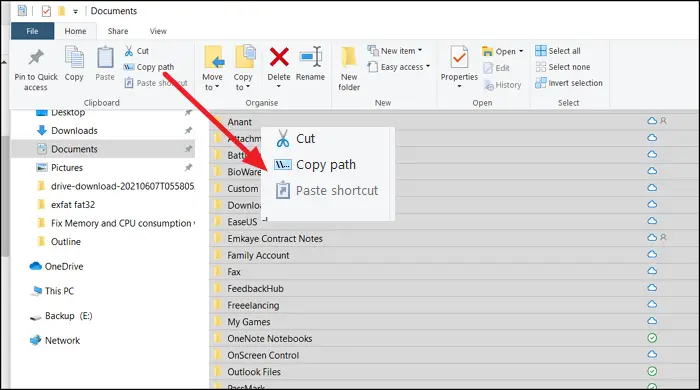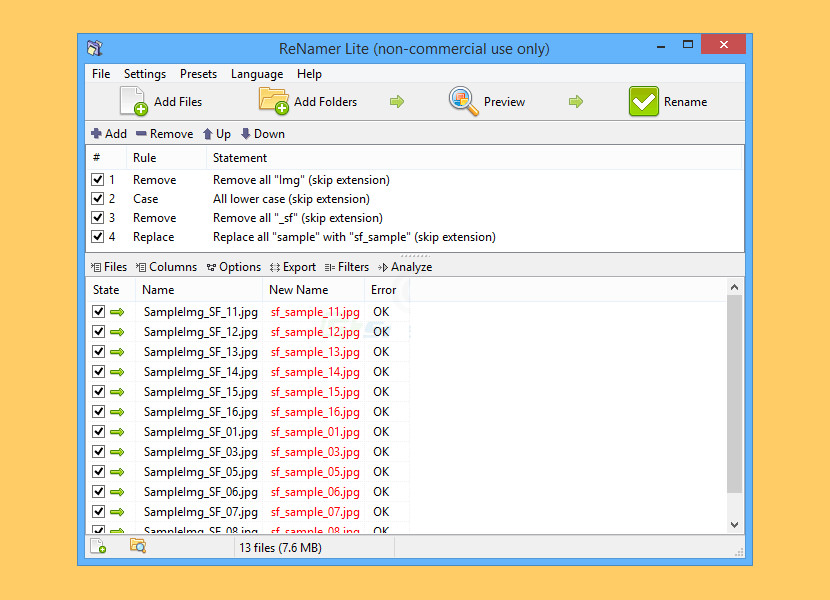
When you’re finished, you can hit Enter to save the new name or simply click somewhere else. You can type a new file name after the file name has been selected-you’ll note that only the file name has been picked the extension has not. If you’d rather stick using your keyboard, you may simply choose a file using the arrow keys ( or by starting to type the file name) and then press F2 to choose the file name.

Rename the file by choosing it from the context menu when you right-click it.

You could:Ĭlick to pick the file, and then on the Home menu, select “Rename.”Ĭlick the file to be selected, and then click the file’s name. You can choose a file’s name and rename it in at least three different methods while using the mouse. Most likely, you already know how to rename a single file, but let’s start with the fundamentals as the more sophisticated techniques build on them. It’s astonishing how strong Windows Explorer is (formerly called File Explorer in Windows 10). Several Files in Windows Explorer Can Be Renamed Let’s examine how each choice functions before moving on. The possibilities are unlimited if you include third-party renaming tools. With Windows Explorer alone, you can rename one or more files with ease, but the Command Prompt or PowerShell can do considerably more.

Do you have a lot of files you want to rename but don’t want to go through them all one by one? You may not be aware of how many options Windows offers for this.


 0 kommentar(er)
0 kommentar(er)
